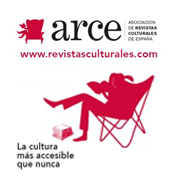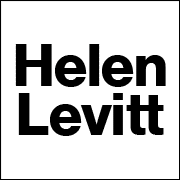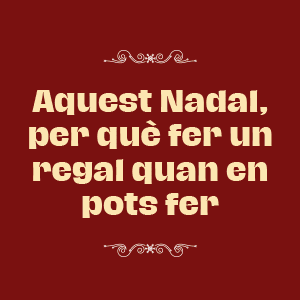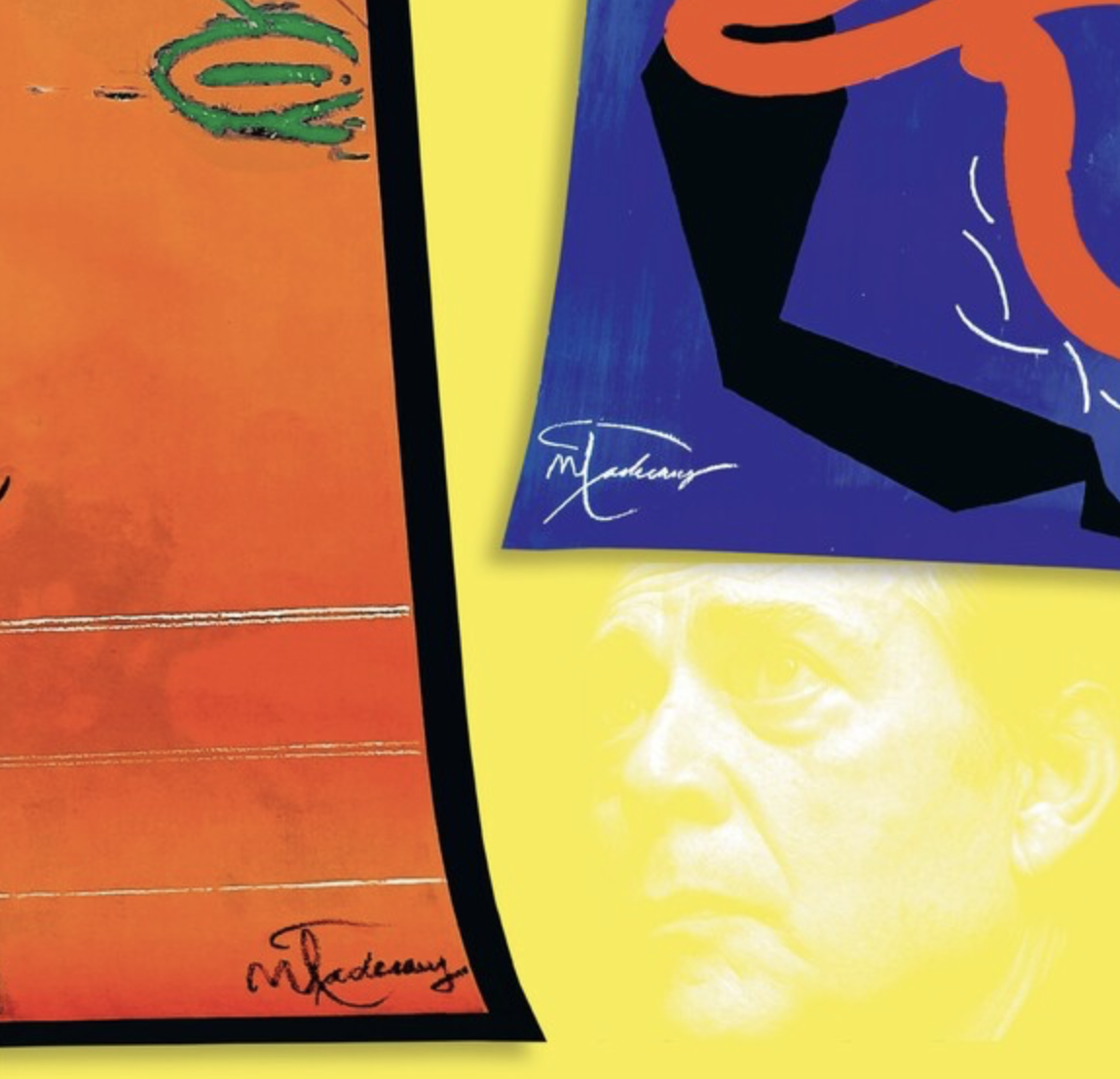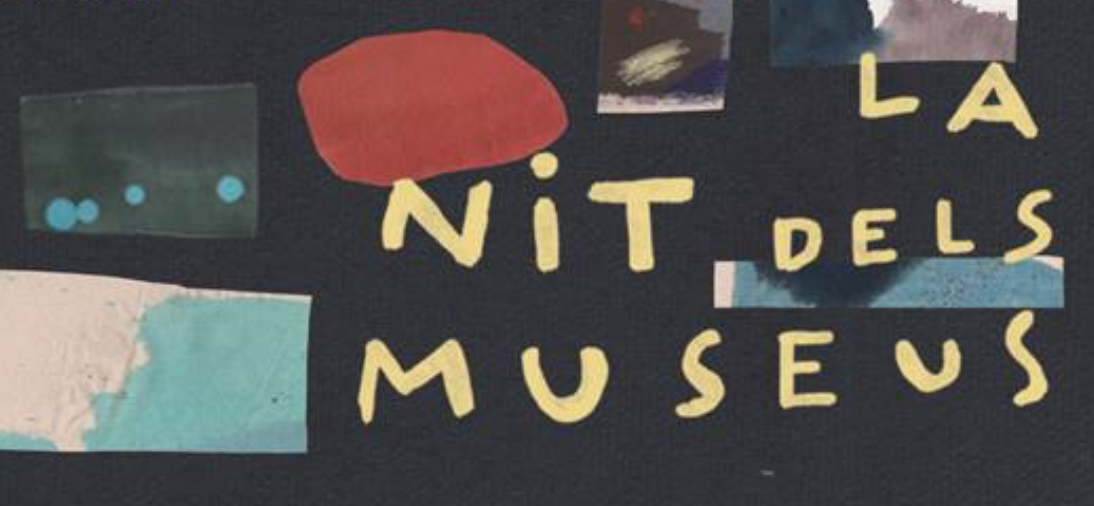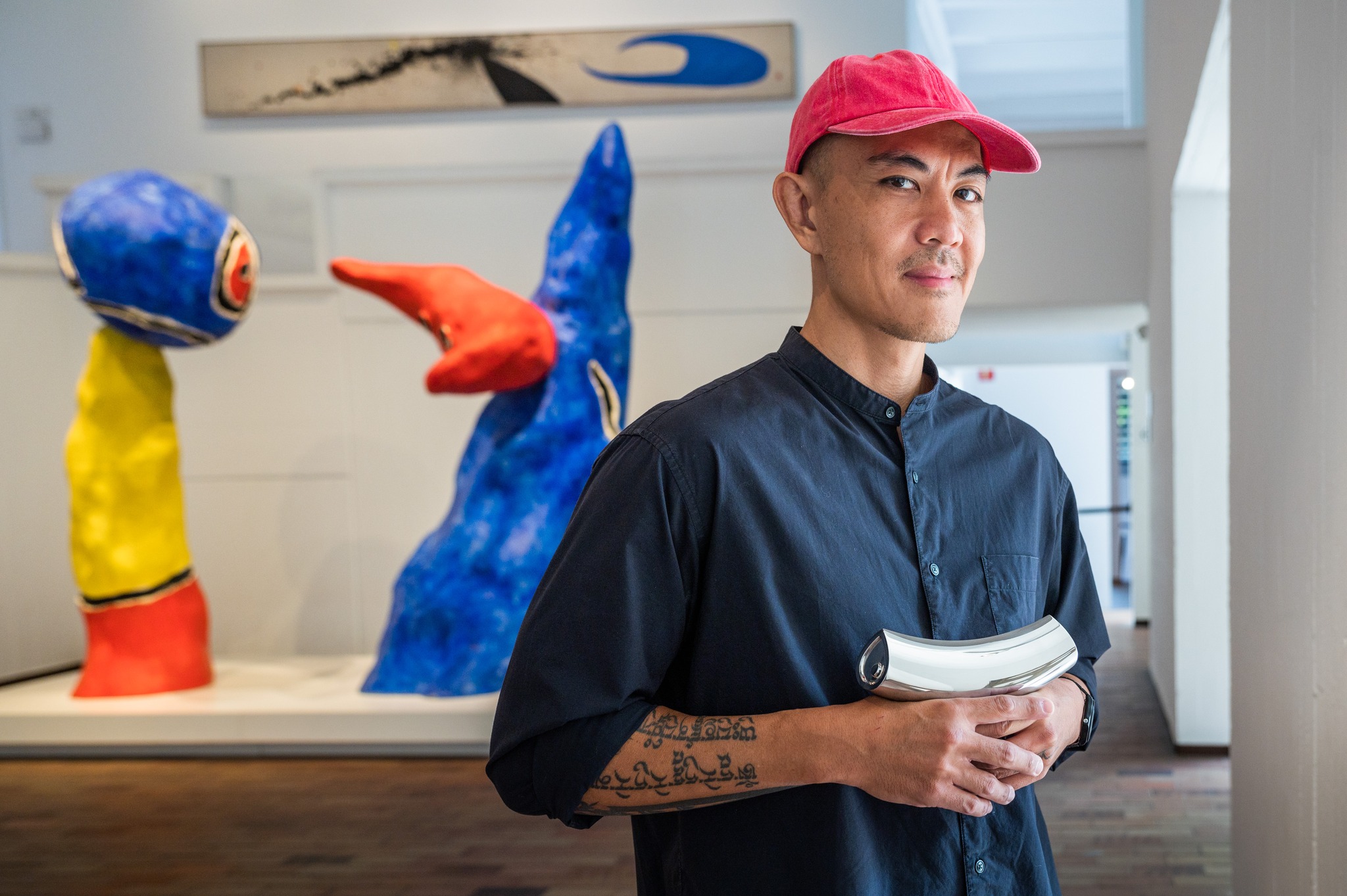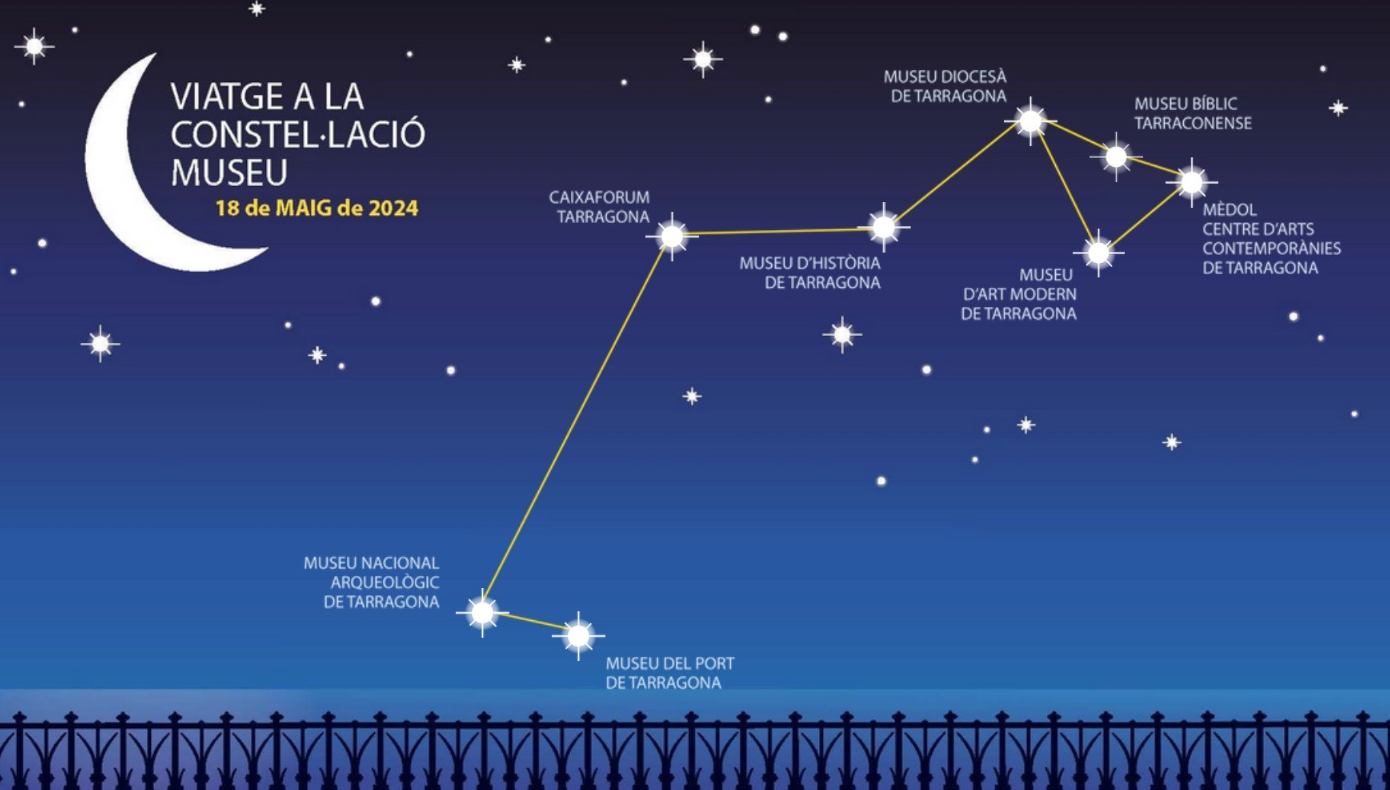reports
Heritage vs. contemporaneity at the Barcelona Design Museum
The remodeling of the collection confronts visions of tradition and innovation in an intense public debate
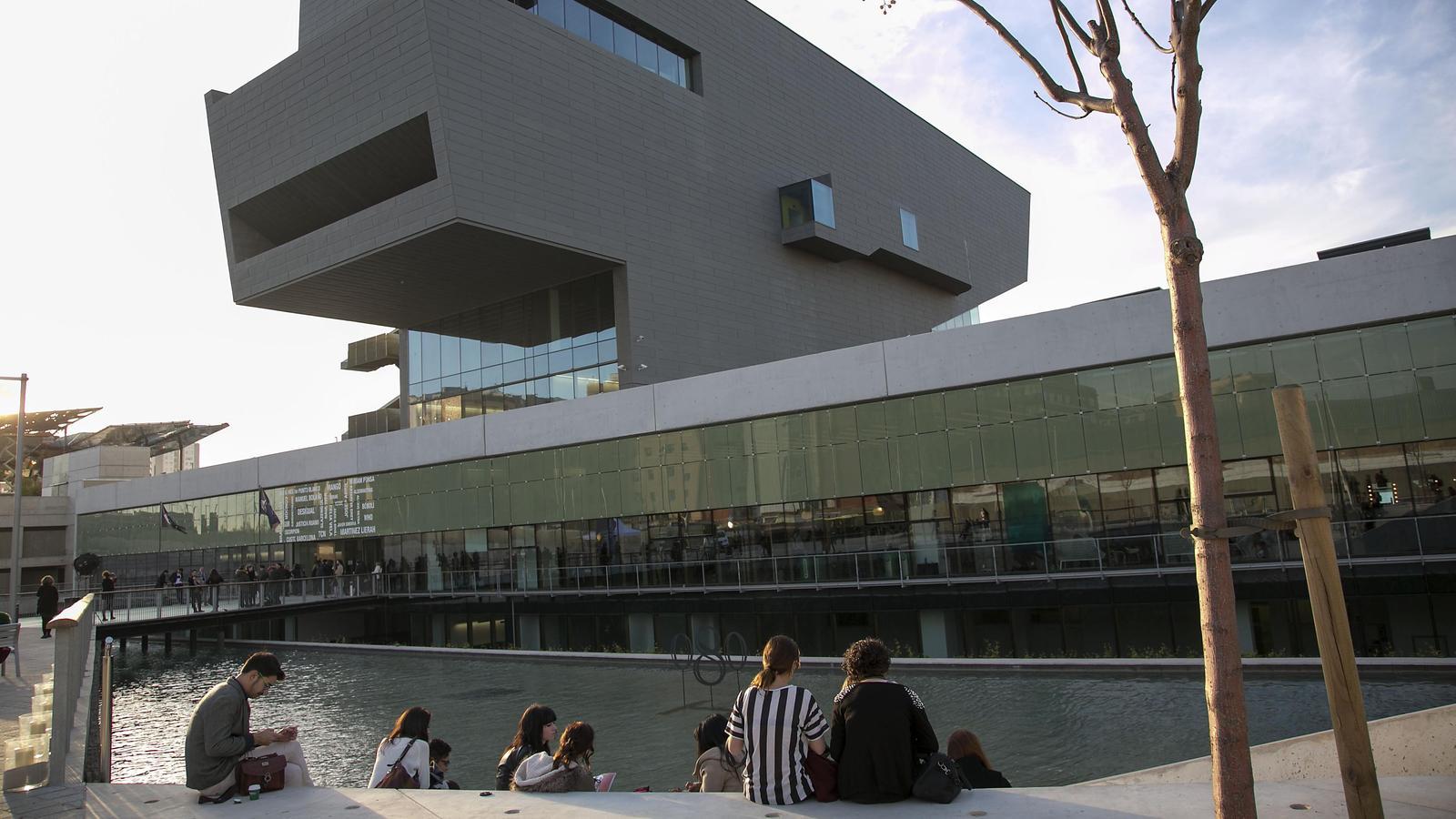
The proposal to change the permanent collection of the Design Museum, led by José Luis de Vicente, has triggered an intense debate between defenders of heritage preservation and those looking for a contemporary renewal. The controversy has expanded in the local framework, causing more than fifteen academic institutions and Catalan foundations to adhere to a manifesto in defense of the Design Museum in its current form.
Despite the criticism, José Luis de Vicente continues with his project, although many details, such as the number of exhibited pieces and the chronology, are kept secret. This has generated more uncertainty and mistrust among opponents, who see the lack of transparency as a worrying sign.
As the controversy continues, the identity and direction of the Design Museum are at a moment of definition, with uncertainty about its future as a relevant cultural institution in Barcelona.
In this context, Bonart wanted to consult the opinion of some of the critics and local cultural managers to find out closely the state of opinion of the sector in the face of this controversy.
What is your opinion about the controversy at the Design Museum in Barcelona with the remodeling of the collection, led by the new director José Luis Vicente?
Conxita Oliver: The controversy started aims to preserve the heritage collections of the Decorative Arts Museum, the Ceramics Museum, the Textile and Clothing Museum and the Cabinet of Graphic Arts, the product of large collections and donors treasured from the 19th century until today. It is essential to combine the conservation and exhibition of heritage with contemporary creation. The sector has understood that this is a dismantling of the historicist permanent exhibition to focus the criteria towards the current reality of the world of design and digital culture.
Joan Maria Minguet: My first reaction is surprise. The sector almost never takes a position on museographic projects or on the management processes of public museums. And, instead, here the most conservative part of the sector erupted with a virulence worthy of better causes. I want to remind you that this more conservative part of the sector said nothing when the previous director of the facility (position granted by Mayor Xavier Trias without public competition) turned the Design Museum into a museum of decorative arts where, precisely, the design, so important in the groundbreaking visuality of the 60s-70s of the 20th century, was undervalued.
Albert Mercadé: A collection has not been remodeled, a collection has been withdrawn from what until last year had been a museum. Can you imagine such a gesture at the Victoria and Albert Museum or the Paris Design Museum or the Milan Triennale? An idea of a museum, based on the alternation between a rich collection of design and innovation, has been replaced by another one of a center for design and technological innovation; which due to social pressure will occasionally count on heritage, but it is a very big paradigm shift. And the responsibility does not lie with the director, who applies a program won in a competition, but with the one who called and chose it. We cannot keep changing paradigms depending on the political wind that blows, this is a very small country. In reference museums, radical breaks must not occur when directions change: they must bring new ideas and enrich the important base substrate, created from the effort and care of generations of professionals. Whatever the new director proposes, I think the gesture of withdrawing the permanent collections is a very disrespectful gesture with all the work that had been done so far.
What was the process followed by the museum to make this decision? Have the views of collectors, artists and community members been considered?
CO I think that a shared work with the community has not been done and unilateral decisions have been made. Consensus must be sought and participatory processes must be carried out.
JMM Why does a director who has won a democratic competition, with a specialized jury, have to reconcile his project with the outside world? Or, better explained, why there are people who want to decide how the Design Museum should be without having submitted to any competition and, on the other hand, the same respect is not demanded of the MACBA management, for example an example We should be more consistent. Either we hold forums to think about all the public museums in Catalonia or we let the professionals who have won a position through democratic processes be able to carry out their projects. And, if you see that they are a disaster, then you protest.
AM I am convinced that the current director, who comes from a specific field of contemporary design in Barcelona, represents a current of thought that believes that Barcelona needs a world-leading contemporary design and creation center, closely linked to technology and culture digital; since I have not seen him giving explanations or opening himself up to artistic associations, I gather that he is little interested in knowing the opinion of those who think differently from him.
JMM Unfortunately, in all this controversy the dictatorial power exercised by Barcelona City Council's councilor for culture, Xavier Marcé, has been left aside. It is the most unfortunate thing of all: instead of demanding the neutrality of political power, it has been accepted that it arbitrarily decides things that do not belong to it and hardly anyone has mentioned it. Nor when he called a meeting to discuss the museum in which he did not let the director of the museum explain himself. Very unfortunate.
What do you think is the new director's vision for the future of the museum?
CO The vision of the councilor and the new director is to make the DHub the home of the city's creative industries and the headquarters of articulating spaces such as the FAD or the BCD.
JMM I don't know, I haven't read the project through which he won a democratic contest (no direct nominations, which still abound) to be director of the museum. I don't know if all those who have spoken out against him have read his project.
AM The sensations he gives is that he is a professional very interested in new design technologies and his ability to reflexively activate contemporary thinking. It comes from the world of Sónar, Offf, and therefore it is to be expected that this model will be followed. But you have to wait.
This controversy and the changes made, what impact will they have on the museum's identity and reputation?
CO If a more integrative project is not created that takes care of the two missions, the foundational and the contemporary, the impact can be very negative. The historical memory of the decorative arts cannot be left aside because this was the mission that was set when this museum was born.
JMM It seems to me that there is a preliminary question: had the museum so far achieved an identity of its own or a reputation with its, in my opinion, conservative conception? It seems to me that not much: neither internationally nor in Barcelona's cultural life. The Vienna Museum of Applied Arts (the MAK), for example, brings together the object arts of the past with more contemporary actions, but with the same advanced formal presentations and not at all pretentious.
AM As a museum it will lose its international reputation for sure, since a museum by essence works from its collections, which are no longer there. As a center of design and experimentation, on the other hand, it is very likely that it will take on a more international dimension. The question is what do we want: do we want a museum, a center for creative innovation, or both?
- - - - - - -
Conxita Oliver has a degree in Art History from the UB and is a prominent member of several associations of art critics. She has worked as a critic in various media and has held several cultural management positions in Catalonia. She has published extensively on contemporary art, curated multiple exhibitions and been involved in the assessment and cataloging of public and private art collections. He has received recognitions such as the 2022 GAC Award for Art Criticism.
Joan Maria Minguet Batllori , was professor of History of Contemporary Art and History of Cinema at the Autonomous University of Barcelona from 1993 to 2019. He led the Catalan Association of Art Critics between 2010 and 2016 and has contributed extensively in research, curation and art criticism. His study focuses on the avant-garde of the 20th century, including figures such as Joan Miró and Salvador Dalí, as well as the intersection between high culture and mass culture.
Albert Mercadé is a historian and art critic, current artistic director of the Arranz-Bravo Foundation and commissioner of the Cultural District of L'Hospitalet. He has been a teacher of art theory at Pompeu Fabra University and Eina. Mercadé is the author of several studies on figures such as Antoni Tàpies and Joan Rebull, and has curated numerous exhibitions in prestigious centers and foundations. He regularly contributes to publications such as El Temps dels Arts and Bonart.

